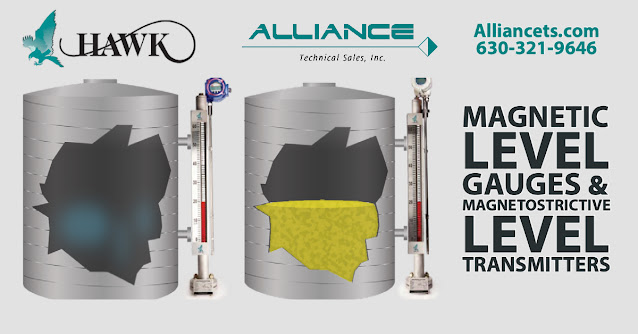Adherence to dissolved substance concentrations in food processing is critical for consistent product quality. A refractometer, which measures refractive index, is an excellent tool for monitoring these concentrations.
When immersed in a fluid, refractometers measure the magnitude of redirecting light, referred to as the angle of refraction. The refractometer links these measurements to the refractive index (nD), a long-established computation of known values. These values determine the concentrations of the solutions.
Measuring dissolved solids in food production has enormous promise for better efficiency and quality. Many applications use a manual method in which measurements are taken repeatedly and at short intervals, which is inefficient and slows down the operation. Taking process measurements with a pipe-mounted (inline) continuous refractometer, such as the Electron Machine MPR E-Scan, is a considerably more efficient and time-saving method.
The MPR E-Scan continually checks the concentration utilizing an inline sensor, allowing for accurate measurement of the devolved solids and repeatable process control. Typical applications cover all elements of the food business. Controlling the sugar content in juices, soft drinks, jams, and jellies; measuring the milk-fat solids in dairy products; and measuring mash measurements, wort concentration, and alcohol level are examples in food production. Continuous and real-time measurement reduces production run time and increases efficiency considerably.
For more information about Electron Machine products in Illinois, Iowa, Wisconsin, Indiana, Kentucky, and Ohio contact Alliance Technical Sales. Call 630-321-9646 or visit https://alliancets.com.


